We are thrilled to announce that several esteemed physicians from Advanced Orthopedics and Sports Medicine Institute (AOSMI) have been recognized as NJ Top Docs for 2024. This prestigious honor underscores our commitment to providing exceptional orthopedic care and advanced treatment options for our patients in New Jersey.
About the Top Docs Awards
The Top Docs awards are based on a rigorous selection process. Nominees complete a comprehensive qualification questionnaire covering their education, training, years in practice, continuing education, licensing, publications, charitable work, professional appointments, and achievements. Each component is verified to ensure that nominees meet the high standards set by the Top Docs organization. Board certification is required for applicable specialties, and nominees must also undergo a thorough review of malpractice and licensing records to confirm there are no serious issues. Patient reviews are collected and compiled to provide a comprehensive assessment of each nominee’s performance.
Join us in celebrating the remarkable accomplishments of the following Top Docs nominees:

Michael J. Greller, MD, MBA, CPE, FAAOS
Dr. Michael J. Greller is a Board-certified orthopedic surgeon specializing in sports medicine and joint preservation. His comprehensive approach to patient care, combined with his administrative expertise, has established him as a leader in orthopedic surgery. Dr. Greller’s commitment to excellence is evident in both his clinical and organizational contributions to AOSMI.
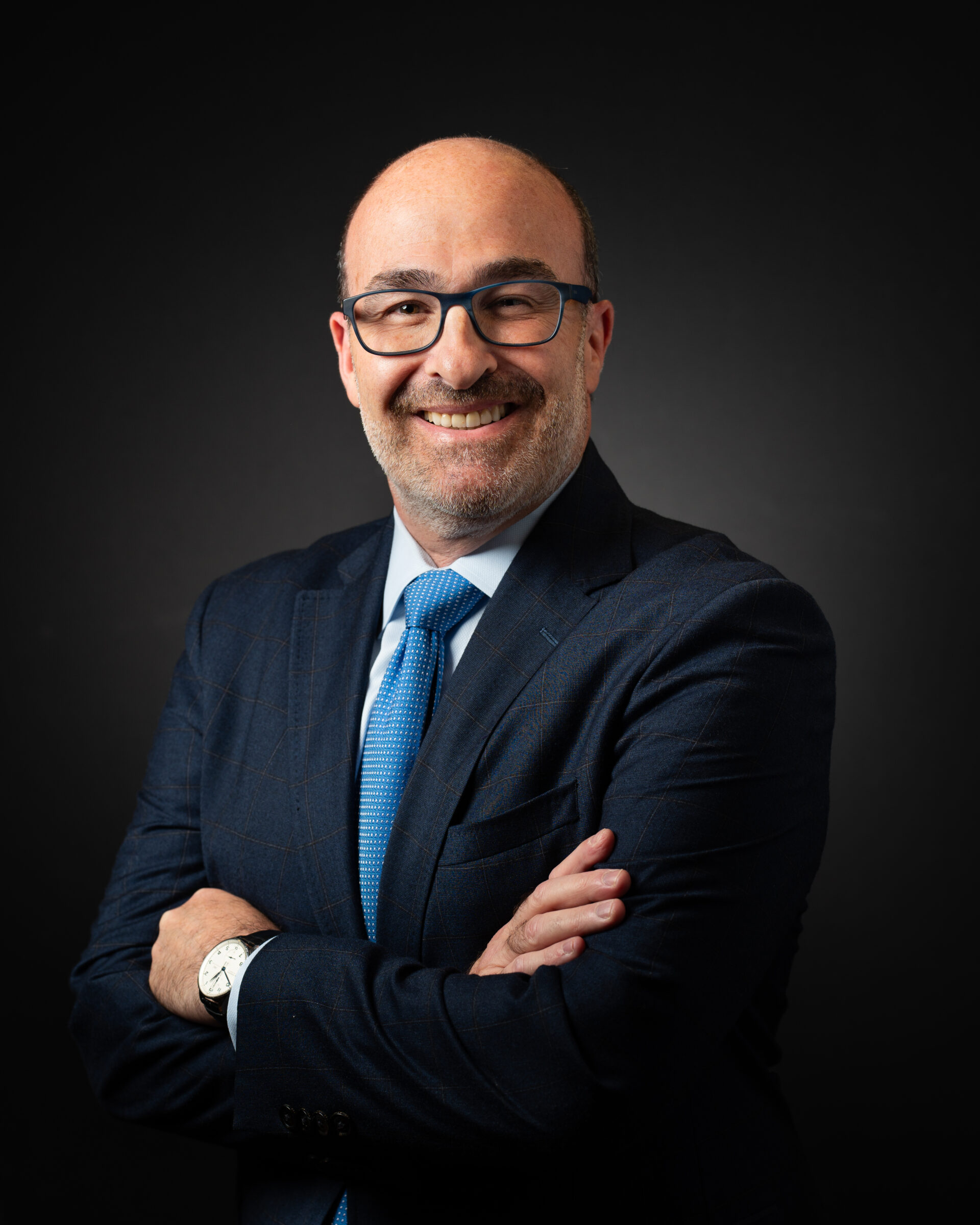
Ali Valimahomed, MD, FAAPMR
Dr. Ali Valimahomed is a dual Board-certified specialist in Pain Medicine and Physical Medicine & Rehabilitation. His expertise lies in comprehensive pain management and restoring function to patients suffering from chronic pain conditions. Dr. Valimahomed’s holistic approach and dedication to improving patients’ quality of life make him a standout in his field.
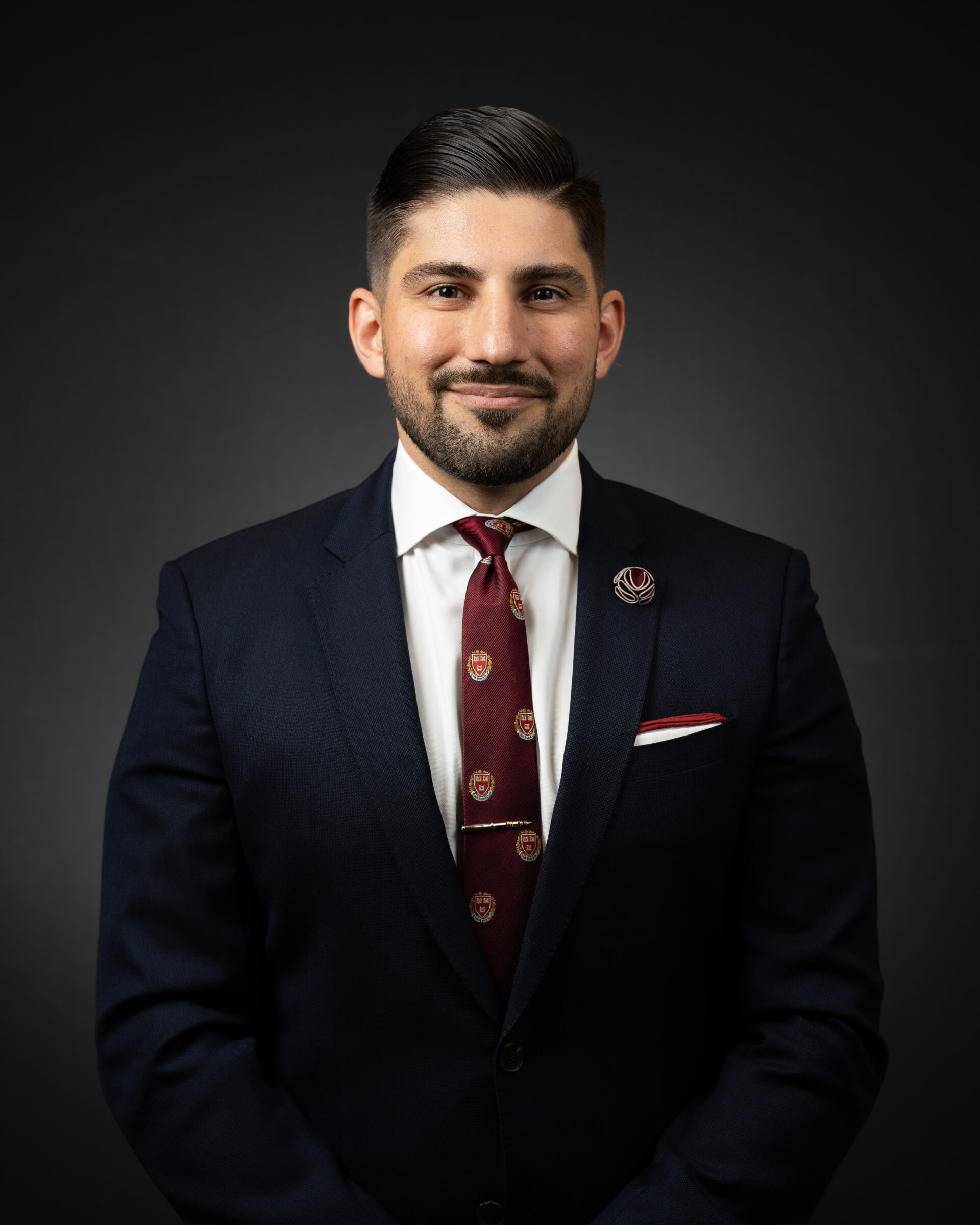
Alison Dewaters, DPM, FACFAS
Dr. Alison Dewaters is a Board-certified podiatric surgeon with a focus on reconstructive foot and ankle surgery. As a Fellow of the American College of Foot and Ankle Surgeons, Dr. Dewaters is renowned for her surgical precision and compassionate patient care, ensuring optimal outcomes for her patients.

Arth Patel, MD, MPH
Dr. Arth Patel is a Board-certified Primary Care Sports Medicine physician with a background in Family Medicine. He is dedicated to the non-operative management of musculoskeletal injuries, promoting wellness and injury prevention. Dr. Patel’s patient-centered approach and emphasis on holistic care have earned him a well-deserved place among NJ’s top doctors.

Eric Buxbaum, DO, FAAOS
Dr. Eric Buxbaum is a Board-certified orthopedic surgeon with expertise in hip and knee replacement surgery. His focus on advanced surgical techniques and patient-centric care has made him a trusted name in joint health. Dr. Buxbaum’s approach combines precision with compassion, ensuring his patients receive the best possible care.

Joseph Tauro, MD
Dr. Joseph Tauro is a nationally recognized expert in shoulder, sports and degenerative joint disorders, known for his pioneering techniques in arthroscopic surgery. As a Board-certified Orthopedic Surgeon, Dr. Tauro’s contributions to the field have set new standards in patient care and surgical excellence. His innovative approach ensures that patients receive the most advanced and effective treatments available.
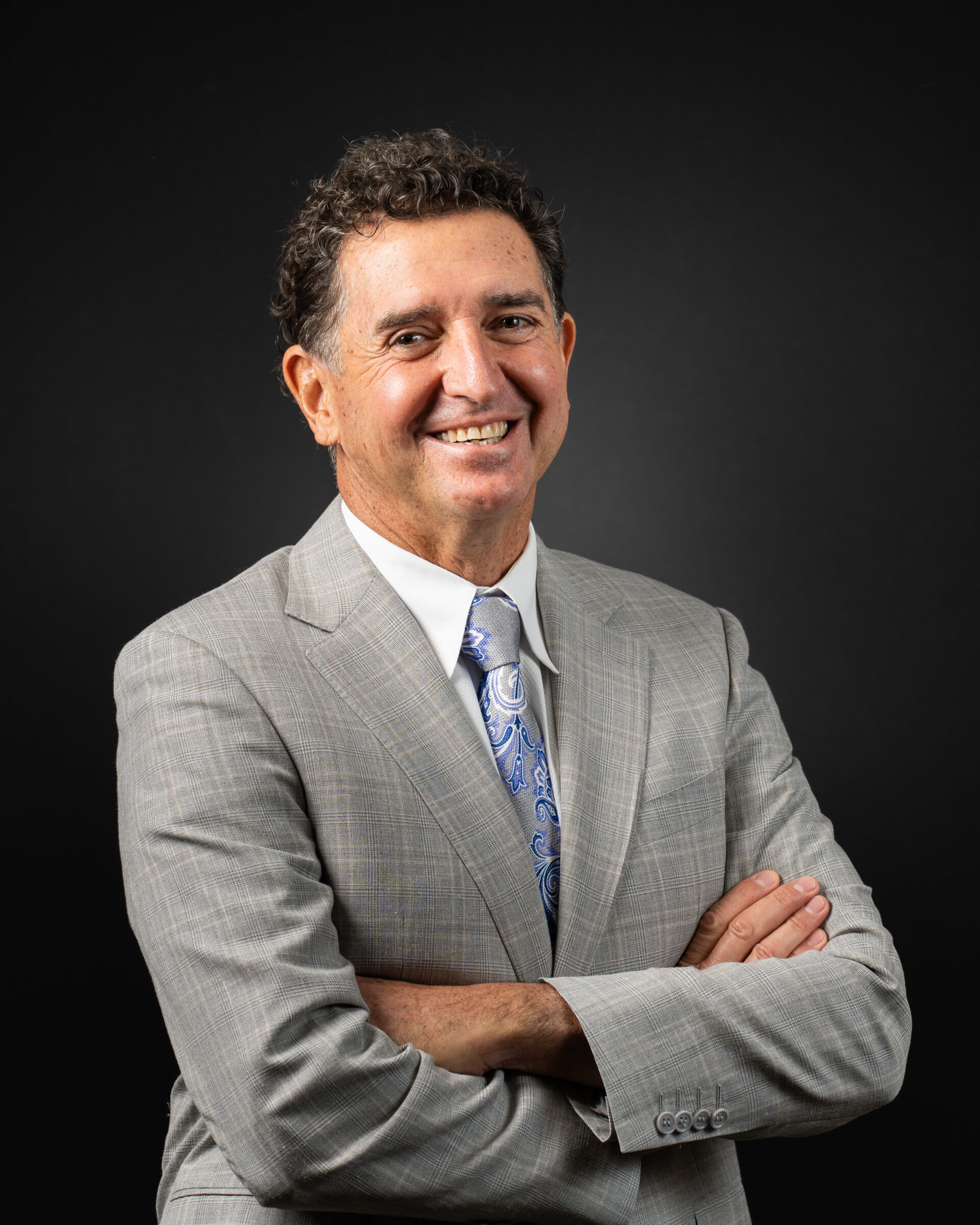
Stacey Gallacher, MD, FAAOS
Dr. Stacey Gallacher is a dual Board-certified orthopedic surgeon specializing in shoulder and elbow surgery and trauma care. Her precise surgical skills and compassionate patient care have made her a trusted specialist in her field. Dr. Gallacher’s dedication to improving patient outcomes through both surgical and non-surgical interventions is commendable.

Gerardo Goldberger, DO, FAOAO
Dr. Gerardo Goldberger is a Board-Certified orthopedic surgeon and Fellow of the American Osteopathic Academy of Orthopedics. His specialization in sports medicine and arthroscopic surgery allows him to effectively treat a wide range of athletic injuries. Dr. Goldberger’s dedication to his patients and innovative treatment methods make him a top choice for orthopedic care.

David Kirschenbaum, MD
Dr. David Kirschenbaum is an hand and upper extremity Fellowship-Trained orthopedic surgeon. His extensive experience and commitment to cutting-edge techniques provide patients with innovative solutions for their orthopedic needs. Dr. Kirschenbaum’s dedication to excellence is reflected in his high patient satisfaction and successful surgical outcomes.

At AOSMI, we are incredibly proud of our doctors’ achievements and their unwavering commitment to providing the highest quality of orthopedic care. Being named NJ Top Docs is a testament to their expertise, compassion, and dedication to patient well-being. We extend our heartfelt congratulations to each of these outstanding physicians and look forward to their continued success in advancing orthopedic and sports medicine.
For more information or to schedule an appointment with any of our top doctors, please contact our office at (732) 335-6727 and schedule an appointment online. Together, we can achieve better health and a higher quality of life.
As National Nutrition Month encourages us to adopt healthier lifestyles, we’re reminded of the critical role foot and ankle health plays in our ability to stay active. At the forefront of providing exceptional care in this essential area is Wesley Nesbit, DPM, Podiatric Physician and Surgeon, whose expertise in both surgical and non-surgical treatments helps patients step back into life with confidence.
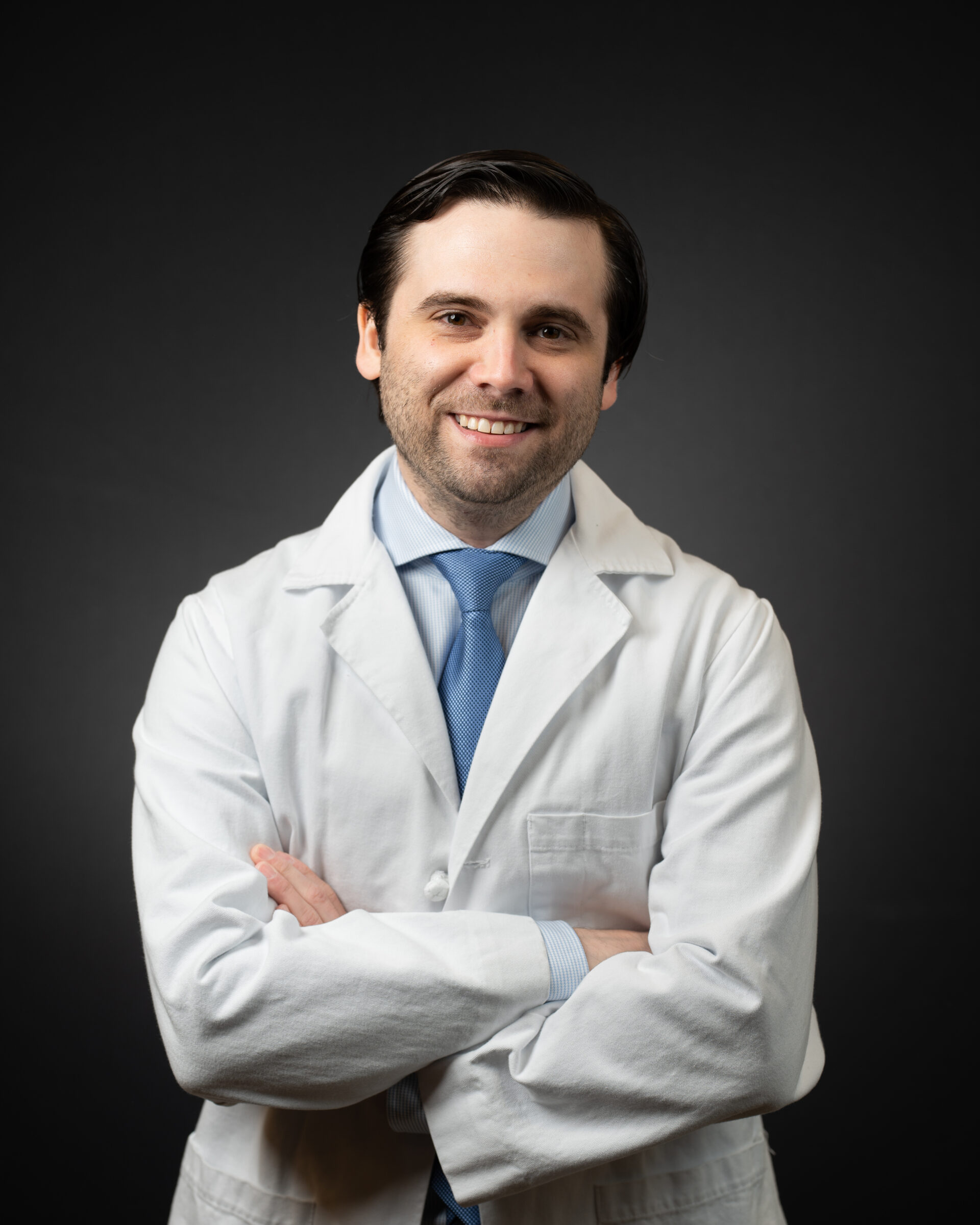
Advanced Care for Mobility with Dr. Nesbit
Dr. Nesbit stands out for his comprehensive skill set in treating foot and ankle conditions, combining surgical precision with effective non-surgical strategies. His approach addresses a wide array of issues, from common complaints like bunions and hammertoes to more complex conditions such as plantar fasciitis and nerve pain. His focus on personalized treatment plans ensures that each patient receives the care best suited to their recovery and long-term health goals.
A Focus on Effective Treatment Options
Dr. Wesley Nesbit is well-versed in the vast spectrum of foot and ankle pathologies, offering patients a variety of treatment options based on their specific needs. His work extends to managing sports injuries, fractures, and ligament strains, providing both immediate relief and long-term solutions. Whether it’s through innovative surgical techniques or targeted non-surgical methods, Dr. Nesbit is dedicated to helping his patients achieve optimal outcomes.
Specialized Services Tailored to Each Patient
With specialties that include everything from diabetic foot care to custom orthotics and ankle bracing, Dr. Nesbit addresses a broad range of foot and ankle disorders. His expertise also covers the treatment of arthritis, skin and nail infections, and pediatric foot ailments, catering to the unique needs of a diverse patient population. For athletes, Dr. Nesbit’s targeted care for sports injuries is instrumental in facilitating a swift and effective return to activity.
Steps to a Healthier Lifestyle: Tips from Dr. Nesbit
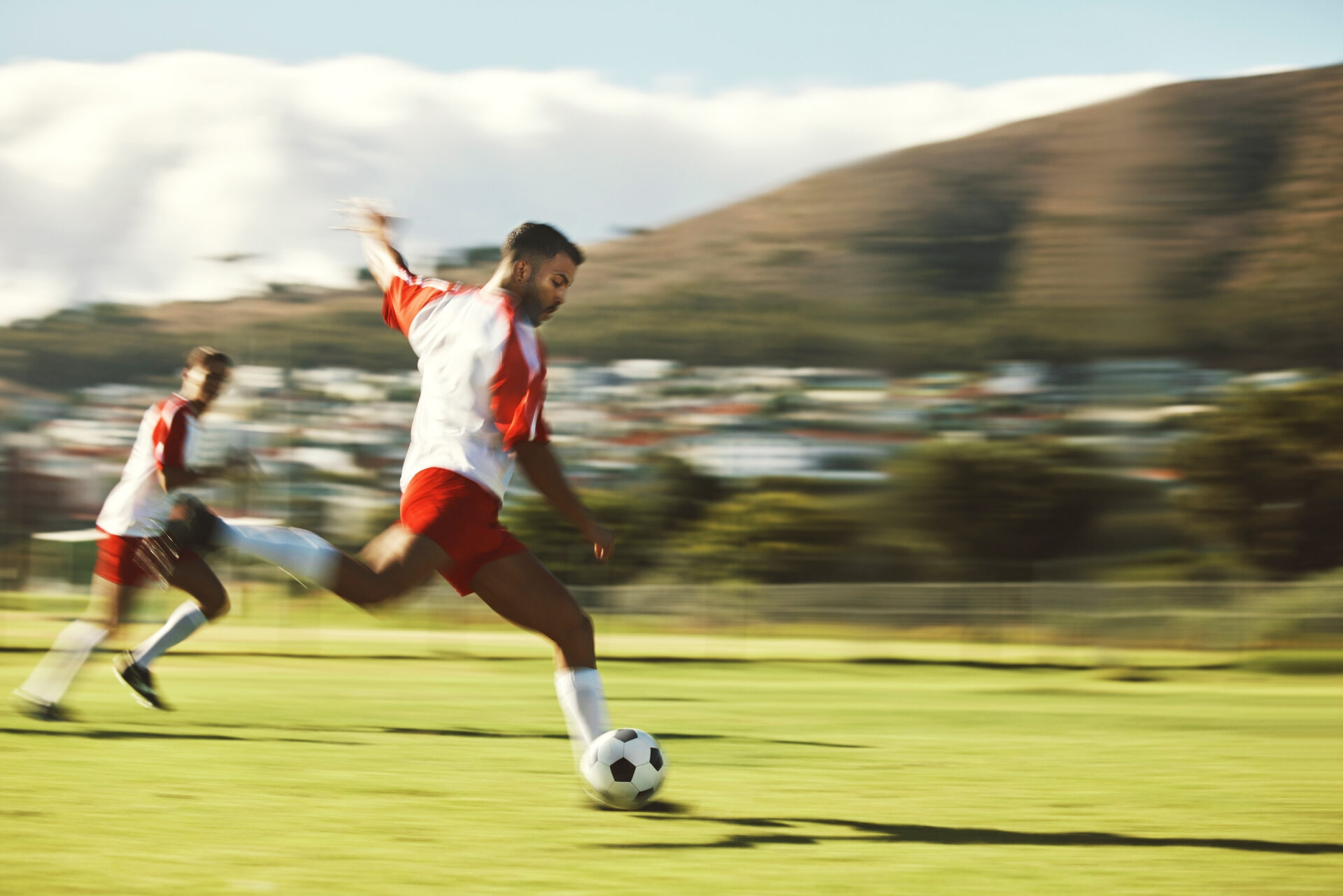
In line with National Nutrition Month, Dr. Nesbit offers these essential tips for maintaining robust foot and ankle health as part of an active lifestyle:
- Stay Active: Regular, foot-friendly exercises enhance strength and stability, supporting your joints.
- Nutritious Diet: Incorporate calcium and vitamin D-rich foods to support bone health.
- Choose the Right Footwear: Ensure your shoes provide the right support, fit well, and are suitable for your activities.
- Practice Good Foot Hygiene: Keep your feet clean and dry to prevent infections, and moisturize regularly.
- Listen to Your Body: Pay attention to foot pain or discomfort and seek professional advice early.
This National Nutrition Month, as we focus on building healthier habits, let’s not overlook the foundation that supports us every step of the way: our feet and ankles. With Dr. Wesley Nesbit’s exceptional care at AOSMI, achieving and maintaining foot and ankle health becomes an attainable part of our wellness journey. Embracing Dr. Nesbit’s expertise allows patients to pursue their active lifestyles without limitation, fully supported by the best in podiatric care. To experience the best in foot and ankle care, request an appointment with Dr. Nesbit today!
As Fall wraps us in its chilly embrace, you can bet basketball courts and ice skating rinks across New Jersey are buzzing with activity. Whether you’re part of a school team, hitting the court for a bit of fun, or gliding across the ice with friends and family, these Fall sports are a great way to stay active. With all the excitement, there’s also a chance of bumps, bruises, and sometimes more serious injuries. At AOSMI, we believe in patient education. We want to teach you about the more common Fall sports injuries, so that you are prepared and so that we can work together to get you back to your strongest self.
Common Fall Basketball Injuries:
Common Injuries: Some of the most common injuries in basketball are ankle sprains and anterior cruciate ligament (ACL) tears, both of which impact performance and long-term joint health.
Causes of Injury: Ankle sprains arise from the high-impact nature of basketball, particularly during rapid direction changes or awkward landings after jumps. ACL tears are often linked to abrupt stops, pivots, or sudden directional changes, exerting stress beyond the knee joint’s normal capacity.
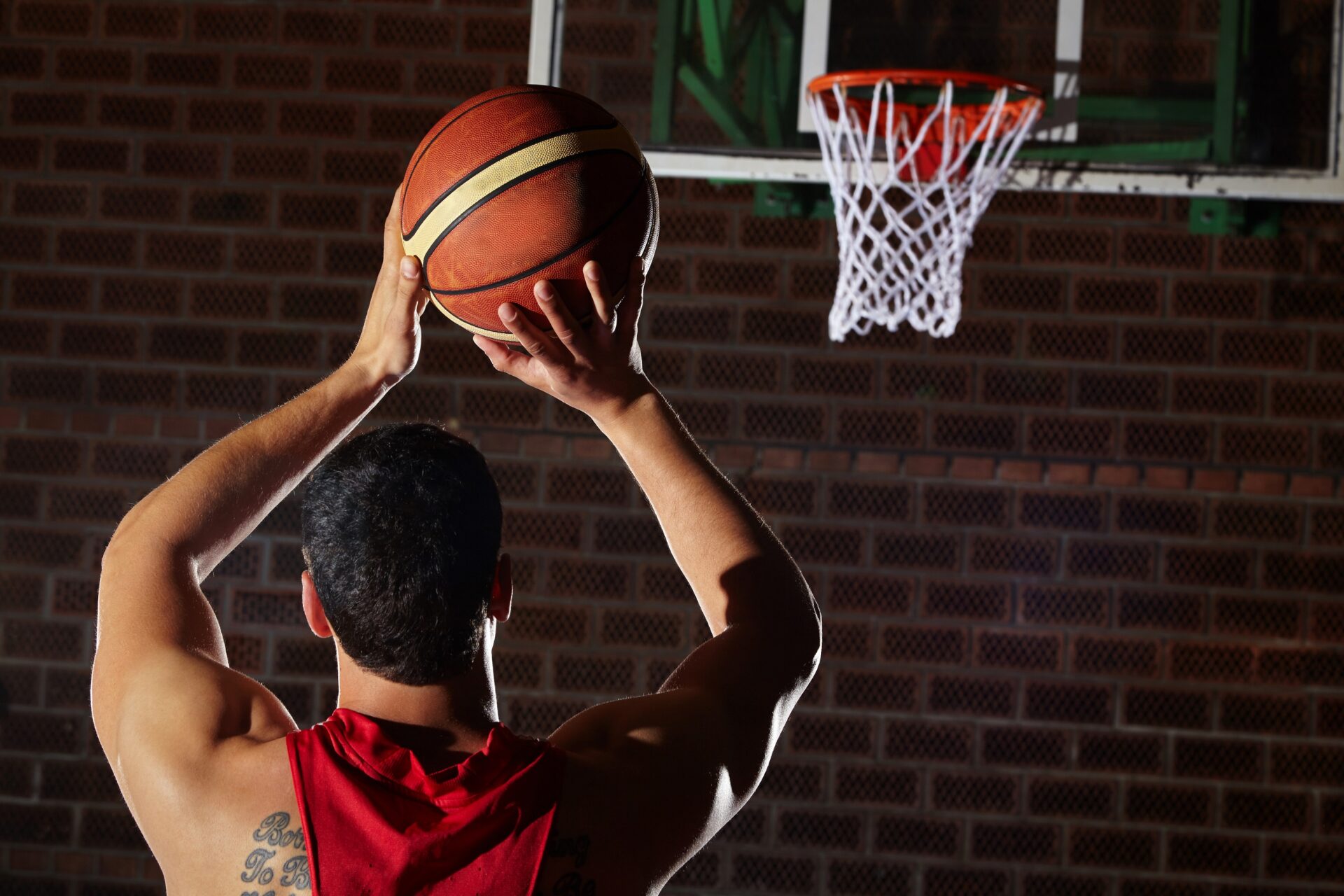
Treatment and Surgery: Initial treatment for ankle sprains involves the R.I.C.E. protocol (Rest, Ice, Compression, and Elevation) to reduce swelling. ACL tears may necessitate surgical reconstruction using the patient’s tissues or grafts. At AOSMI, we are on the cutting-edge of orthopedic treatment – as such, we offer the BEAR (Bridge-Enhanced ACL Restoration) Implant that allows for natural healing without the need for grafts.
Physical Therapy Rehabilitation: Post-surgery, physical therapy becomes pivotal in restoring strength, flexibility, and joint stability. Progressive exercises targeting muscle strength, balance, and proprioception form the core of rehabilitation, guided by physical therapists to ensure a gradual return to play, minimizing the risk of re-injury. At AOSMI, our physical therapists tailor their treatment plans to your unique injury, ensuring a personalized approach.
Common Fall Ice Skating Injuries:
Common Injuries: Ice skaters frequently contend with fractures, particularly in vulnerable areas like the wrist and hip, because of the dynamic and sometimes acrobatic nature of the sport.
Causes of Injury: Falls on the ice, whether during jumps, spins, or routine skating, expose skaters to the risk of fractures. The hard frozen surface amplifies the impact, leading to fractures, especially in areas like the wrist and hip.

Treatment and Surgery: Immediate immobilization is important for managing fractures sustained during ice skating. Wrist fractures may require casting or splinting, while hip fractures may necessitate surgical intervention, involving plates, screws, or other fixation devices for proper alignment and stability.
Physical Therapy Rehabilitation: Rehab for ice skating injuries takes a comprehensive approach. Range-of-motion exercises are crucial for regaining flexibility, while progressive weight-bearing activities aid in rebuilding strength. Physical therapists craft tailored plans, integrating exercises that address the unique challenges of ice skating injuries, with a focus on enhancing balance, coordination, and functional movement. This personalized rehabilitation aims not only to restore functionality but also to prevent future injuries, facilitating a safe return to the ice.
By addressing the specific Fall sports injuries associated with basketball and ice skating, we aim to equip you with the knowledge needed to navigate the season safely. At AOSMI, our team is committed to providing the highest quality orthopedic and physical therapy care to our patients across New Jersey. If you are experiencing pain or injury from these sports, please request an appointment today. We are dedicated to helping you live a healthier, stronger life.
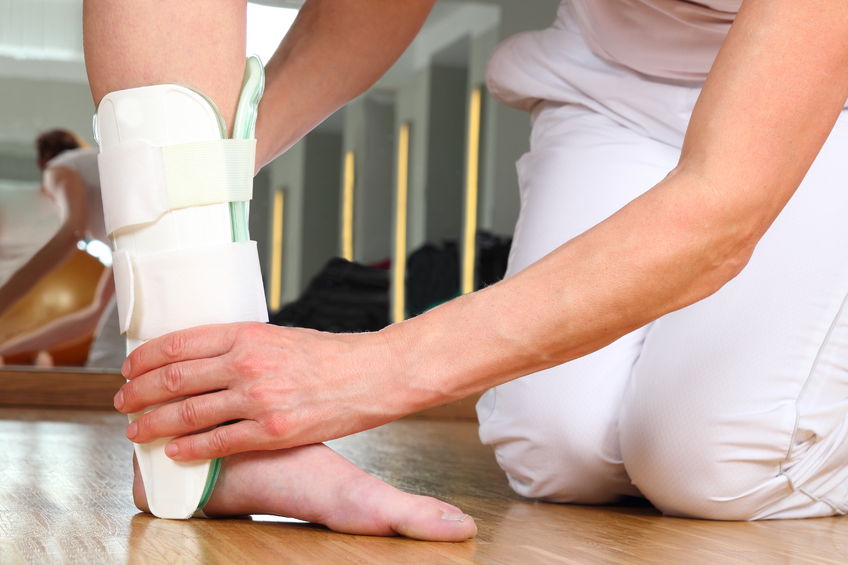
An ankle fracture is a very common injury in children and adults. A debilitating injury, broken or fractured ankles can sometimes be difficult to pinpoint, and some people may go weeks without knowing their ankle needs professional medical attention.
Ankle fractures are quite common among children between the ages of 8 and 15, this is due to the higher levels of activity associated with sudden movements that are prone to twisting ankles. Furthermore, with growth plates still shifting, it is important to identify if the ankle has indeed been fractured.
An X-ray is the ideal method for identifying where the bone placements are, if any changes are detrimental, and if indeed there needs to be further medical attention. Ankle fracture symptoms include:
- Tenderness
- Bruising
- Swelling
- Deformed or crooked appearance
- Inability to bear weight
- Pain when touched or moved
Because an ankle fracture, or even sprain, can limit mobility, it is critical to get to an orthopedic physician as soon as possible. Once an X-ray is completed, we can determine what type of treatment would be best, whether it be crutches, physical therapy, or a combination of treatments, it’s best to get help as soon as possible.

The benefits of running, jogging, or walking to your health and wellbeing seem endless. Although it might be tempting to take the winter off from your running routine, the colder months are one of the most important times of the year to stay active. Our orthopedic specialists encourage patients to maintain exercise year round in order to keep joints healthy and flexible, to remain at a healthy weight, to reduce inflammation, and to benefit from the feel-good brain chemicals released during exercise.
Here are some tips and strategies to stick to your activity schedule this winter.
- Upgrade Your Gear. Your health is worth investing in. Purchasing a new pair of running shoes, in addition to some warm, layered exercise outfits, will help you get motivated and excited about getting out to run. Having the appropriate footwear, warm clothing, and reflective material will also help to keep you safe while you workout, particularly outdoors.
- Stick to a Schedule. Running at the same time of day will help you to develop a routine that you can maintain. If you know the only way to fit in your run consistently is in the morning, then start waking up earlier to give yourself that extra “you” time.
- Buddy Up. Having a workout buddy to run with can do wonders for motivation. It’s much easier to cancel on yourself than to cancel on someone you made plans to workout with.
- Build a Backup Plan. Inclement weather is a harsh reality in the winter months. Unfortunately, running outdoors is sometimes just not feasible. Luckily, there are many low-cost gym membership options, and some local recreation centers offer access to cardio equipment for free!
Proper form while running is important at all times of year to prevent strain on the joints and muscles. If you are new to running, looking to start, or are experiencing pain after you run, an orthopedic specialist at AOSMI can help. Contact us today to learn more.







